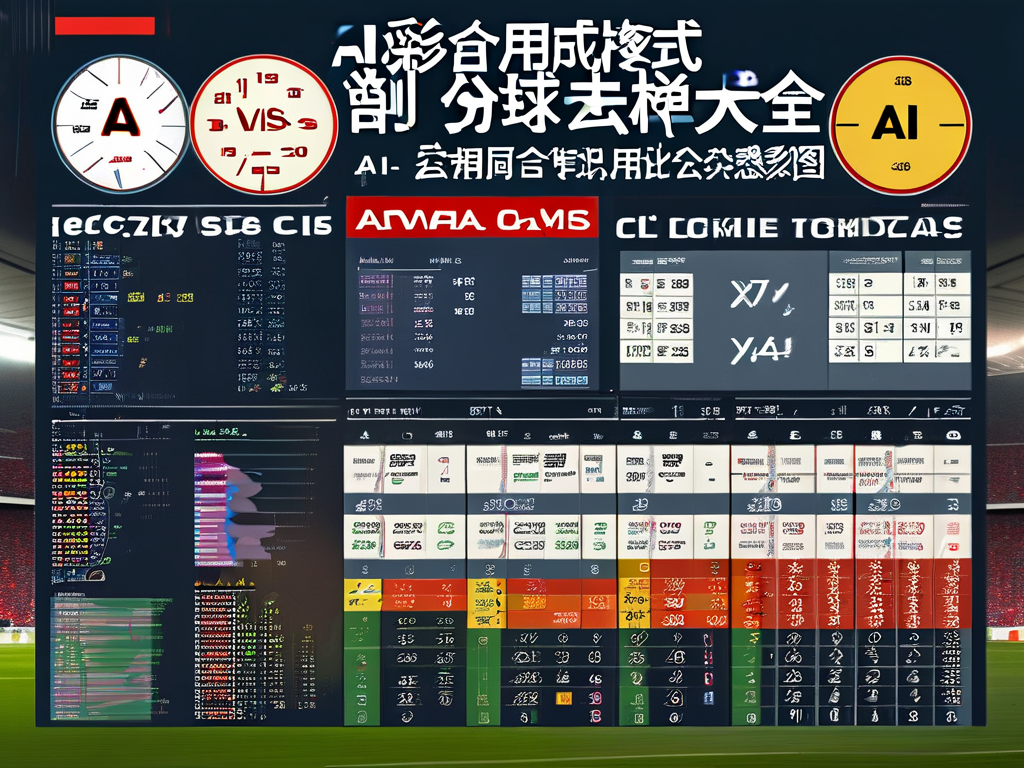In the realm of data science and research, statistical algorithms serve as foundational tools for extracting meaningful insights from raw data. These algorithms enable professionals to identify patterns, test hypotheses, and make data-driven decisions. This article explores several widely used statistical algorithms, their applications, and how they contribute to modern analytical workflows.

One of the most fundamental algorithms is Linear Regression. This method models the relationship between a dependent variable and one or more independent variables by fitting a linear equation to observed data. For instance, businesses often use linear regression to forecast sales based on historical trends or marketing spend. The simplicity of its implementation—often just a few lines of code—makes it accessible even for beginners.
Another critical technique is Logistic Regression, which predicts binary outcomes (e.g., yes/no, success/failure). Unlike linear regression, logistic regression uses a sigmoid function to map predictions to probabilities. Healthcare researchers might apply this algorithm to predict patient readmission risks or diagnose diseases based on symptom data. Its interpretability allows stakeholders to understand how each variable influences the outcome.
For clustering unstructured data, K-Means Clustering is a go-to algorithm. By partitioning data into k distinct groups based on similarity, it helps segment customers, classify documents, or identify anomalies. A retail company could use K-means to group shoppers by purchasing behavior, enabling targeted marketing campaigns. However, choosing the optimal number of clusters (k) remains a challenge, often requiring methods like the elbow technique.
Decision Trees and their ensemble counterpart, Random Forests, excel in classification and regression tasks. Decision trees split data into branches based on feature thresholds, creating a transparent model structure. Random Forests improve accuracy by aggregating predictions from multiple trees, reducing overfitting. Financial institutions leverage these algorithms for credit scoring or fraud detection, where model transparency and precision are paramount.
Time series analysis relies heavily on ARIMA (AutoRegressive Integrated Moving Average). This algorithm decomposes data into trends, seasonality, and residuals to forecast future values. Energy companies, for example, use ARIMA to predict electricity demand, optimizing grid management. Its flexibility in handling non-stationary data—through differencing—makes it versatile but computationally intensive for large datasets.
Bayesian methods, such as Naive Bayes, apply probability theory to classification problems. By updating prior beliefs with new evidence, these algorithms are particularly effective in text classification (e.g., spam detection) and recommendation systems. Despite their "naive" assumption of feature independence, they often perform surprisingly well in practice.
Lastly, Principal Component Analysis (PCA) reduces dimensionality while preserving data variance. By transforming correlated variables into orthogonal components, PCA simplifies visualization and speeds up machine learning workflows. A genomics researcher might use PCA to identify key genetic markers from high-dimensional datasets.
While these algorithms form the backbone of statistical analysis, their effectiveness depends on proper data preprocessing and domain expertise. For example, missing values or outliers can skew regression results, while inappropriate cluster counts may render K-means ineffective. Additionally, hybrid approaches—combining multiple algorithms—are gaining traction. A marketing team might integrate clustering with regression to tailor strategies for specific customer segments.
In , mastering statistical algorithms requires both theoretical knowledge and practical experimentation. Open-source libraries like Python’s Scikit-learn and R’s caret package provide robust implementations, allowing analysts to focus on problem-solving rather than coding from scratch. As data continues to grow in volume and complexity, these algorithms will remain indispensable for turning raw numbers into actionable intelligence.








